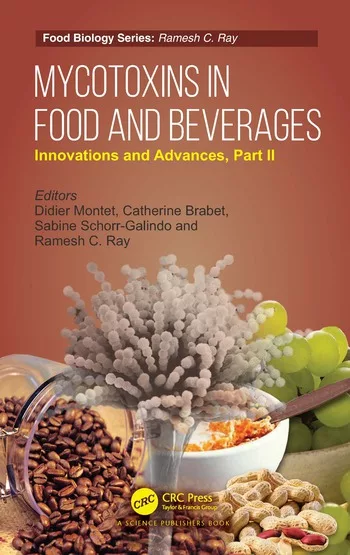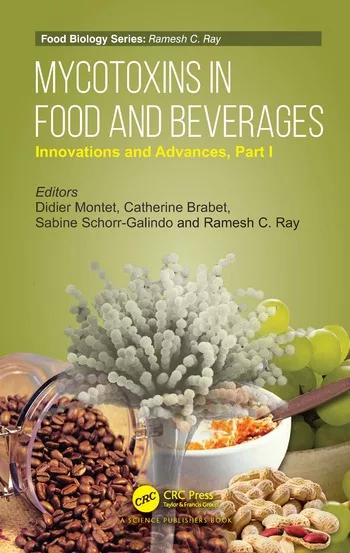Whey Protein Builds on Success

In 2010, performance beverages, juices, beverage mixes, enhanced waters, meal replacement drinks and even teas launched with whey protein included. Innovations such as Kellogg’s Special K2O Protein Water Mixes and Bolthouse Farms Protein Plus All Natural Protein Shakes have taken whey protein out of just the performance arena and beverage-makers continue to expand its use.
Formerly a niche product favored by athletes and bodybuilders, whey protein-enriched products have now found a much broader target market amongst mainstream consumers.
“While still popular amongst sports enthusiasts, protein beverages are also consumed as a weight management product or simply as a wellness beverage,” says Starla Paulsen, applications department manager at Glanbia Nutritionals. “Because of this move toward the mainstream, consumers are also demanding higher quality beverages with improved flavor and mouthfeel, as well as nutritional value.”
Promising scientific research is being conducted as well with whey protein focusing on several of its bioactive components that can offer protection against infections and viruses, enhance immunity, protect against some cancers and positively affect cardiovascular health and muscle tone, says Gwen Bargetzi, Hilmar Ingredients’ director of marketing.
“Other research is being done on protein’s influence on satiety, or feeling full,” she says. “Of all macronutrients, protein appears to have stronger appetite-suppressing effects and whey protein in particular appears to increase the feeling of satiety more than other proteins such as casein.”
In addition, whey proteins are a source of energy during prolonged exercise. “Oxidation of its amino acids, mainly branched chain amino acids, can provide 10 to 15 percent of the total energy required,” Bargetzi says.
Convenience is another driving factor for whey protein’s use in beverages.
“People want to consume more whey protein, and this is an easy delivery system,” says Cheryl Reid, key accounts manager at Arla Foods Ingredients, Basking Ridge, N.J.
Whey protein also has been recognized by formulators and consumers as a high-quality dietary protein source.
“It is especially rich in the branched chain amino acids: isoleucine, leucine and valine, which have stimulatory roles in protein synthesis, aiding in the maintenance of muscle and increasing energy turnover,” says Carrie Schroeder, category manager of nutrition at Fonterra USA, Rosemont, Ill. “For beverage formulation, whey has functional advantages over other protein sources due to its stability in high-acid and low-pH conditions.”
Whey protein has a distinct advantage compared to other sources of protein as it is higher in essential amino acids, especially branched-chain and sulfer-containing amino acids, Glanbia Nutritionals’ Paulsen adds. “As these vital nutrients cannot be synthesized by the body and must be obtained from the diet, beverages containing whey protein can help consumers keen to enhance their protein intake and improve their nutritional profile,” she explains.
Increased usage
In addition to the nutritional advantages whey protein offers, the ingredient offers a clean flavor profile and can be used in a wide range of beverage applications, including iced teas, flavored waters, kids’ drinks and smoothies.
“Ready-to-drink (RTD) and pre-mix products are perfect for consumers short on time,” Paulsen says. “Whey protein is suitable for hot and cold transparent beverages, such as fortified waters and tea. Whey protein’s versatility means that manufacturers will continue to be able to create innovative and nutritional products for an increasing number of categories.”
Fonterra has seen a steady growth in consumer awareness of the multiple benefits of protein including sports performance, weight management, lean muscle mass retention, satiety and general well-being, Schroeder says.
“This leads us to believe that there is movement toward more mainstream beverages containing protein to meet consumer demand, as evidenced by the presence of whey in mainstream smoothies,” she says. “We expect the formats that contain whey to expand as many of these consumers seek clear, refreshing drinks that deliver on their nutritional needs, fit in with their busy lifestyles and, most importantly, taste great. With the excellent stability and flavor characteristics of whey protein isolate, we expect that whey will be key in many of these beverages.”
Consumers’ desire for more protein and healthier lifestyles creates opportunities for both performance and mainstream beverages.
“We can picture the beverage industry as a spectrum, with performance beverages at one end of the spectrum and mainstream beverages at the other,” Schroeder says. “Sports nutrition brands have highly functional products that deliver specific needs to a specific, fairly well-educated consumer. Products at the other end of the spectrum are lifestyle based and purchases are influenced by taste and brand marketing. They have limited functional benefits. There is still a clear white space in the middle. We see innovation by performance-based companies being led by the taste and consumption experience as they already have the nutritional credibility. There is opportunity for mainstream brands to improve their nutritional profile as they try to deliver more health benefits in their beverages.”
Formulation options
For beverage formulators whey protein provides a well-stocked tool kit of functionalities.
“Whey proteins can contribute viscosity and creaminess in shake-type beverages or low viscosity and excellent clarity in high-protein acidic beverages,” Hilmar Ingredients’ Bargetzi says. “Some whey proteins, such as ours, can be specially manufactured to remain heat stable during standard methods of pasteurization and UHT processing.”
Because of the isoelectric point, the pH where the protein carries no charge, whey proteins are only stable under low-pH or acid conditions, she adds. “Because they alone remain stable, whey proteins are the protein of choice in beverages with pH levels as low as 2.5,” Bargetzi explains.
One of the challenges of formulating whey protein into beverages is for a beverage to provide the maximum amount of protein possible while remaining clear in solution.
“Formulators are choosing whey protein isolates that have been designed for this application, although limits still exist on the inclusion rate, typically less than 6 percent protein in an RTD beverage,” Arla Foods Ingredients’ Reid says. “This is still more than a glass of milk, so the benefits are definitely there.”
Arla Foods Ingredients manufactures whey protein isolates that are suitable for RTD and powdered beverages and also offers clear whey protein isolates for RTD beverages.
Some additional challenges for beverage formulators are the development of off flavors during shelf-life, thermal stability of the protein that can cause clarity issues and viscosity added by the protein in the system, Fonterra’s Schroeder says.
Fonterra’s answer to these challenges is its ClearProtein portfolio, a line of specialized whey protein isolates designed for high-acid RTD beverages and powdered beverages. The ClearProtein range combines the nutritional advantages of whey protein with clarity, stability and neutral flavor, Schroeder says.
Glanbia Nutritionals offers a range of proteins for beverages. For example, in high-acid beverages, pH levels traditionally have limited the functionality of whey protein and restricted the opportunity for new product development, Paulsen says. Glanbia Nutritionals’ ingredient Provon A-190 is pre-acidified, which offers the nutritional benefits of whey protein isolate as well as excellent process functionality and flavor release, she says. Glanbia Nutritionals’ Provon A-190 whey protein isolate can be used to create less astringent and clearer beverages.
For meal replacement beverages and sports nutrition shakes, the processing requirements are very different due to the product’s neutral pH, Paulsen explains. Ingredients, such as Glanbia Nutritionals’ Thermax 70 and Thermax 690, offer heat stability required by beverage manufacturers. In addition, CFM100 offers a complete system for high-protein beverages.
Hilmar Ingredients released a new whey protein isolate, Hilmar 9420, which has been manufactured specifically to provide better flavor in low-pH beverages.
“It reduces overall astringency and tartness even at higher use levels, remains clear in liquid and is heat stable,” Bargetzi says.
Two of Hilmar Ingredients’ other whey protein isolates, Hilmar 9400 and Hilmar 9410, have acid and heat stability and can withstand pasteurization. Their thin-as-water viscosity make light, refreshing beverages possible, Bargetzi explains. Hilmar 9400 is clear in liquid; Hilmar 9410 is instantized for spoon-stirrable dispersibility in dry mixes, the company says.
Hilmar 8350, a whey protein hydrolysate, is available when protein must be especially easy to digest and absorbable, such as in products for infants, the elderly and individuals with compromised health, Bargetzi says. It is moderately hydrolyzed with a bland taste and reduced bitterness, she explains. Optimized for nutritional uses, Hilmar 8350 contains pre-digested proteins, short peptides and free amino acids. Hilmar 8350 is especially useful in coffee and chocolate-based beverages where it can enhance the flavor, Bargetzi says.
Issues with texture, taste and substantivity of the end-product mouthfeel could cause formulators to look at more specialized forms of whey protein.
CP Kelco, Atlanta, offers Simplesse, a micro-particulated whey protein concentrate that behaves similarly to that of emulsified fat droplets and imparts a smooth and creamy mouthfeel, as well as opacity and enhanced foaming in low, reduced and fat-free beverages. Use and consideration for use of the product in applications such as sports and health related drinks, low and reduced fat creamy alcohol drinks, powdered cachet coffee drinks, is on the rise, CP Kelco says. BI
Looking for a reprint of this article?
From high-res PDFs to custom plaques, order your copy today!





